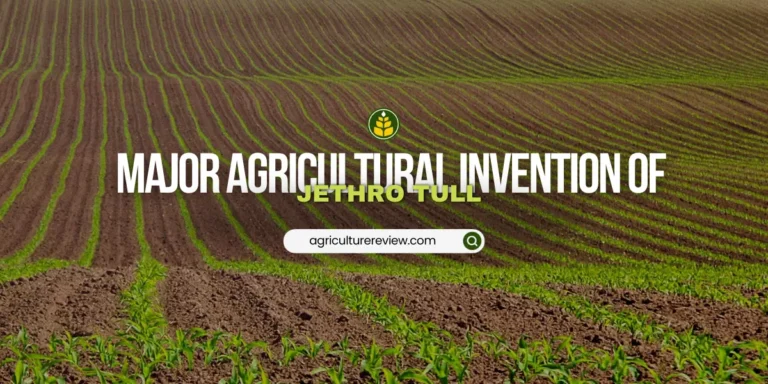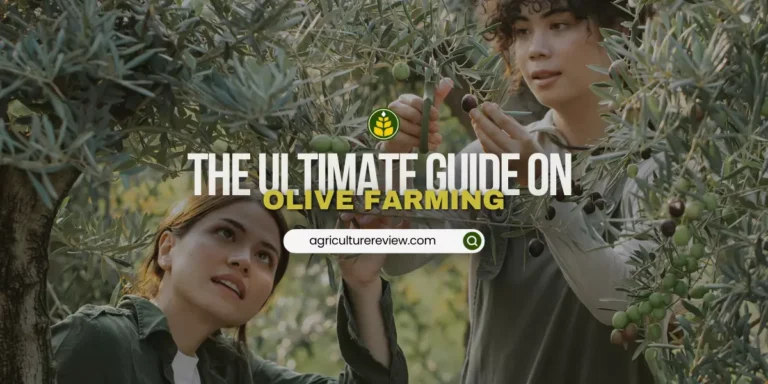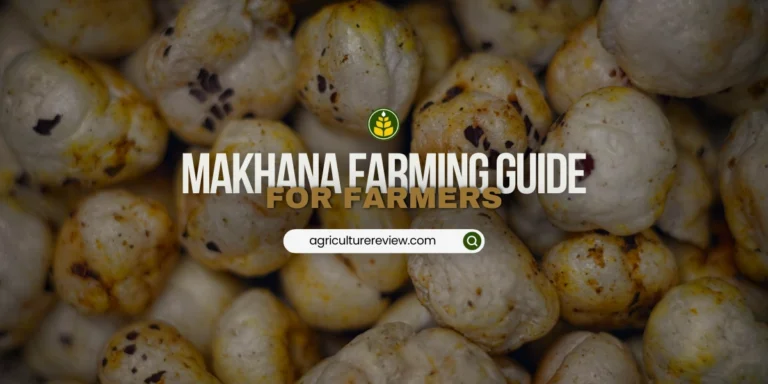1. Which of the following is not the definition of Agricultural Extension?
2. This is considered as a lifelong process of learning
3. When the Republic Act No. 3844 otherwise known as Land Reform Code of the Philippines was approved in 1963, The Bureau of Agricultural Extension was renamed
4. This principle considers the involvement of the people in the planning, implementation and evaluation of extension activities
5. Majority of the Filipinos lives in this area and are involved in agricultural economy
6. This refers to the extent to which an innovation or its results can be seen
7. This is the principle of extension, which considers the level of knowledge and economic status of the people
8. This is known for being basically pictorial using drawings and/ or photographs with a text as brief and vivid as possible. Its size and appearance are similar to a poster but often contains more written material and a variety of information.
9. The population of the Philippines in 2002
10. These are systematic displays of models, specimens, charts, posters, etc. in a sequence to create awareness and interest to increase people’s knowledge and to stimulate action.
11. The Philippines is composed of ____ regions
12. At this stage of the adoption process, the individual develops curiosity or concern in the new idea/practice.
13. Much is to be desired in terms of environmental____ like floods, wildlife rearing extinction, pollution, garbage and trash, insecticides/rodenticides.
14. The first person in a locality to adopt an innovation are called
15. An attribute or characteristic of a technology/innovation that refers to the extent to which a new idea or practice fits into the farmer’s view about what ought to be, what he does on a farm and how he does it.
16. Extension work in the Philippines started in 1565 through the establishment of modern farms by this group
17. The concept that involves helping farmers to help themselves is known as
18. This approach to agricultural extension emphasizes the use of local leaders to disseminate information
19. Which of the following is a major function of agricultural extension?
20. This extension method involves direct personal contact with farmers
21. Which of the following is an advantage of using audiovisual aids in extension communication?
22. The process of developing and delivering new agricultural technologies to farmers is known as
23. This type of extension teaching method uses real-life situations to teach farmers
24. Which of the following is an example of a mass communication tool used in agricultural extension?
25. The concept of “diffusion of innovations” was popularized by
26. This principle of extension ensures that extension programs are designed to meet the specific needs and conditions of the local population
27. An agricultural extension worker is primarily responsible for
28. Which of the following is a characteristic of a successful agricultural extension program?
29. This extension communication method uses storytelling to convey messages
30. This is a written plan of work for a specific period of time, outlining the activities to be carried out by the extension staff
31. Which of the following best describes a “farming system” approach in agricultural extension?
32. The “Training and Visit” system in agricultural extension is characterized by
33. Which of the following is a key component of the “participatory rural appraisal” method?
34. Which principle of extension work emphasizes the need for ongoing evaluation and feedback?
35. This term describes the process by which farmers adopt and implement new agricultural technologies
36. The main goal of agricultural extension is to
37. This type of training involves hands-on practice and real-world problem-solving for farmers
38. The concept of “sustainable agriculture” includes
39. The role of ICT (Information and Communication Technology) in agricultural extension is to
40. An effective extension communication strategy should
41. The concept of “farmer field schools” involves
42. Which of the following is a key benefit of participatory extension methods?
43. Agricultural extension services can contribute to rural development by
44. This term refers to a group of farmers working together to achieve common goals
45. The process by which new agricultural practices and technologies spread within and between communities is known as
46. Which of the following is an example of a participatory extension method?
47. The main objective of a farm visit by an extension worker is to
48. Which of the following best describes the role of an agricultural extension officer?
49. Which of the following is a challenge faced by agricultural extension services in developing countries?
50. This term refers to the ability of a farming system to maintain productivity in the face of challenges and shocks







Thank you, this is a big help to me
स्वागत!